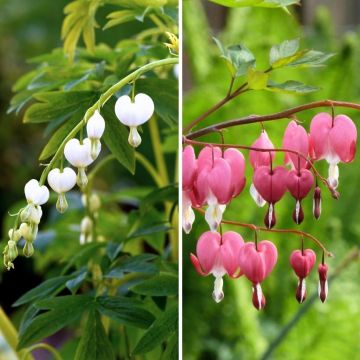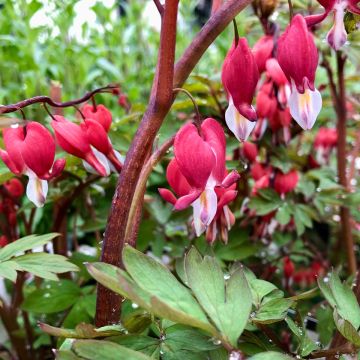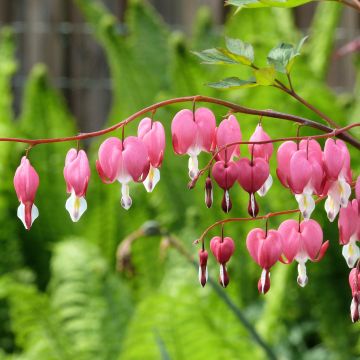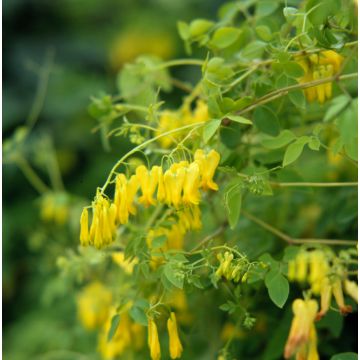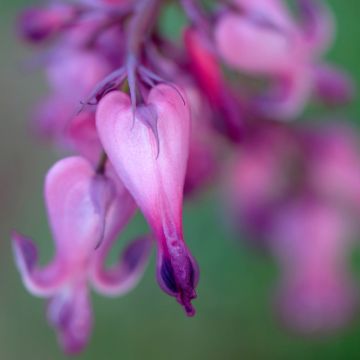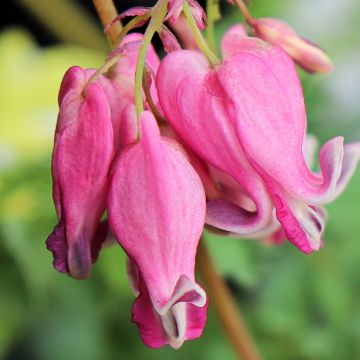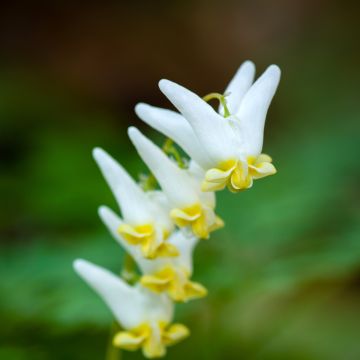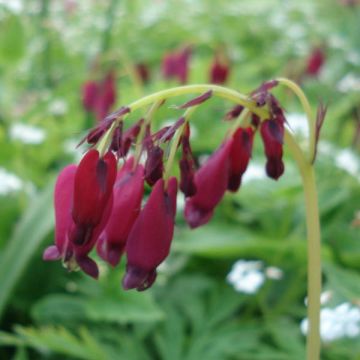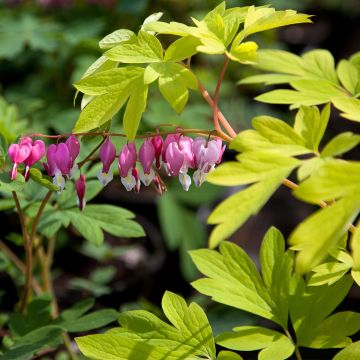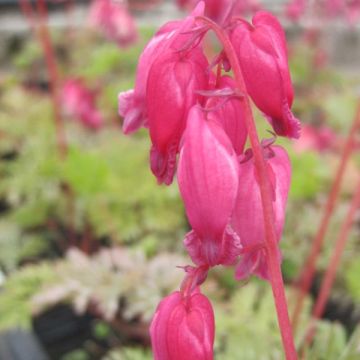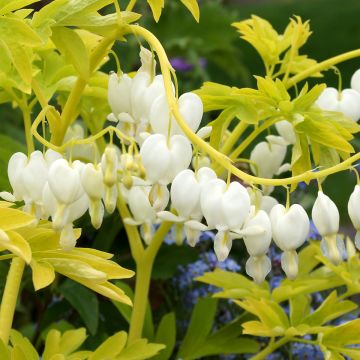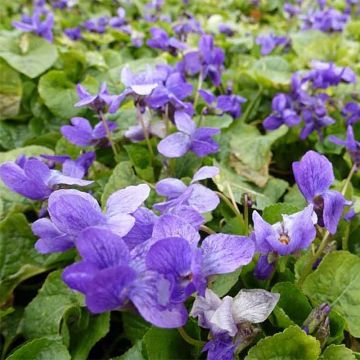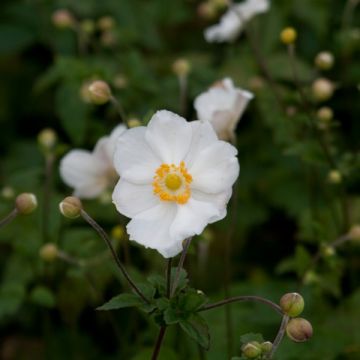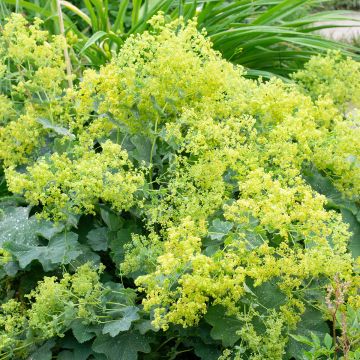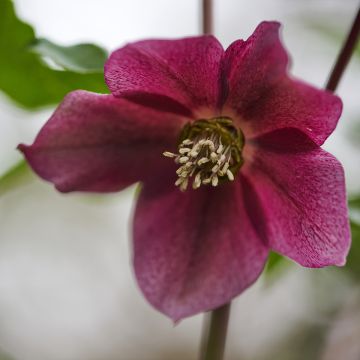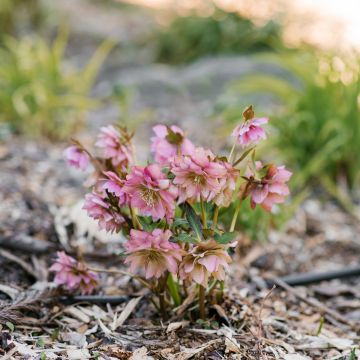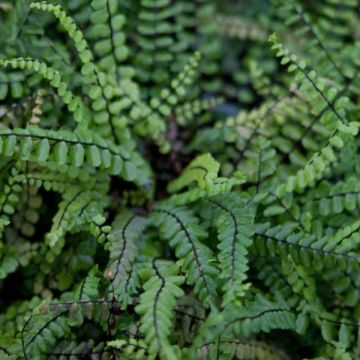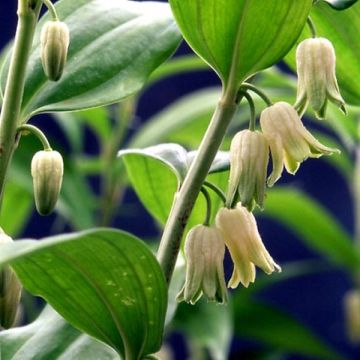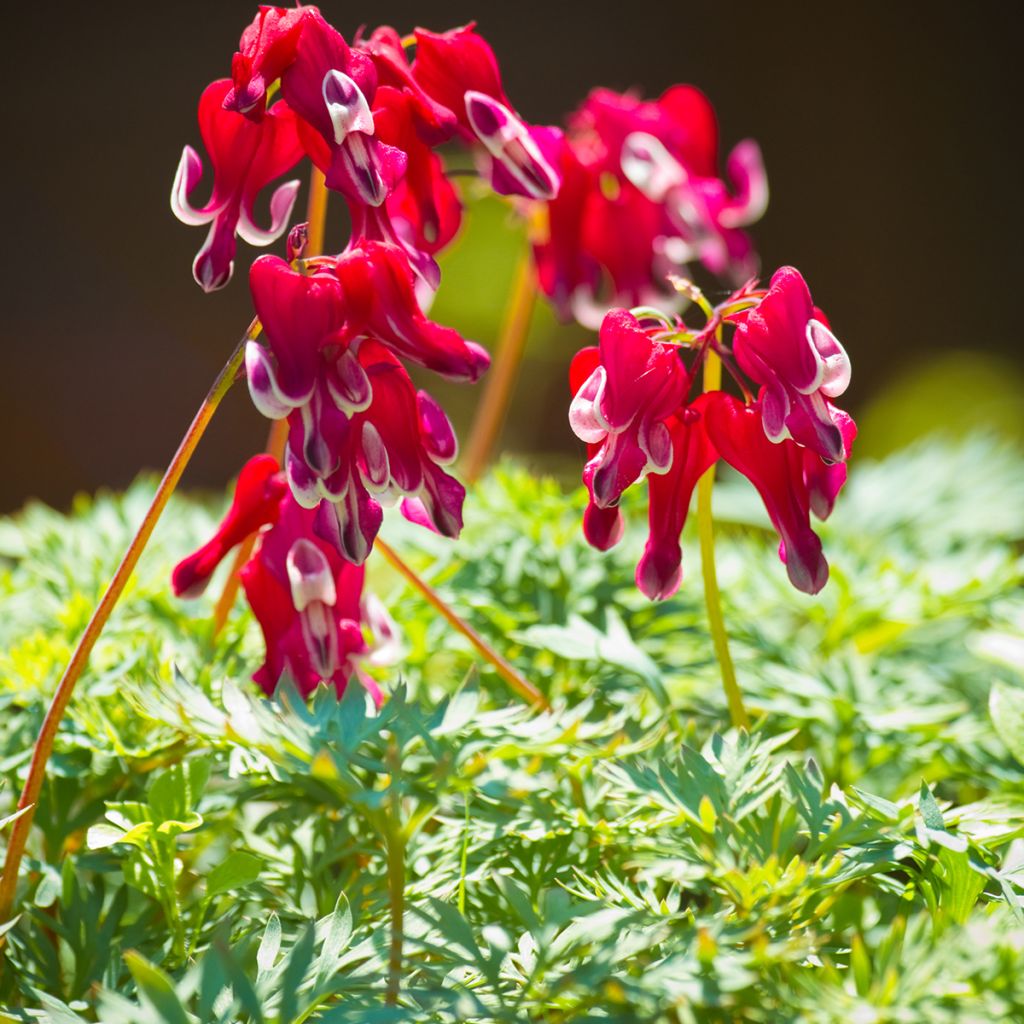

Dicentra Burning Hearts
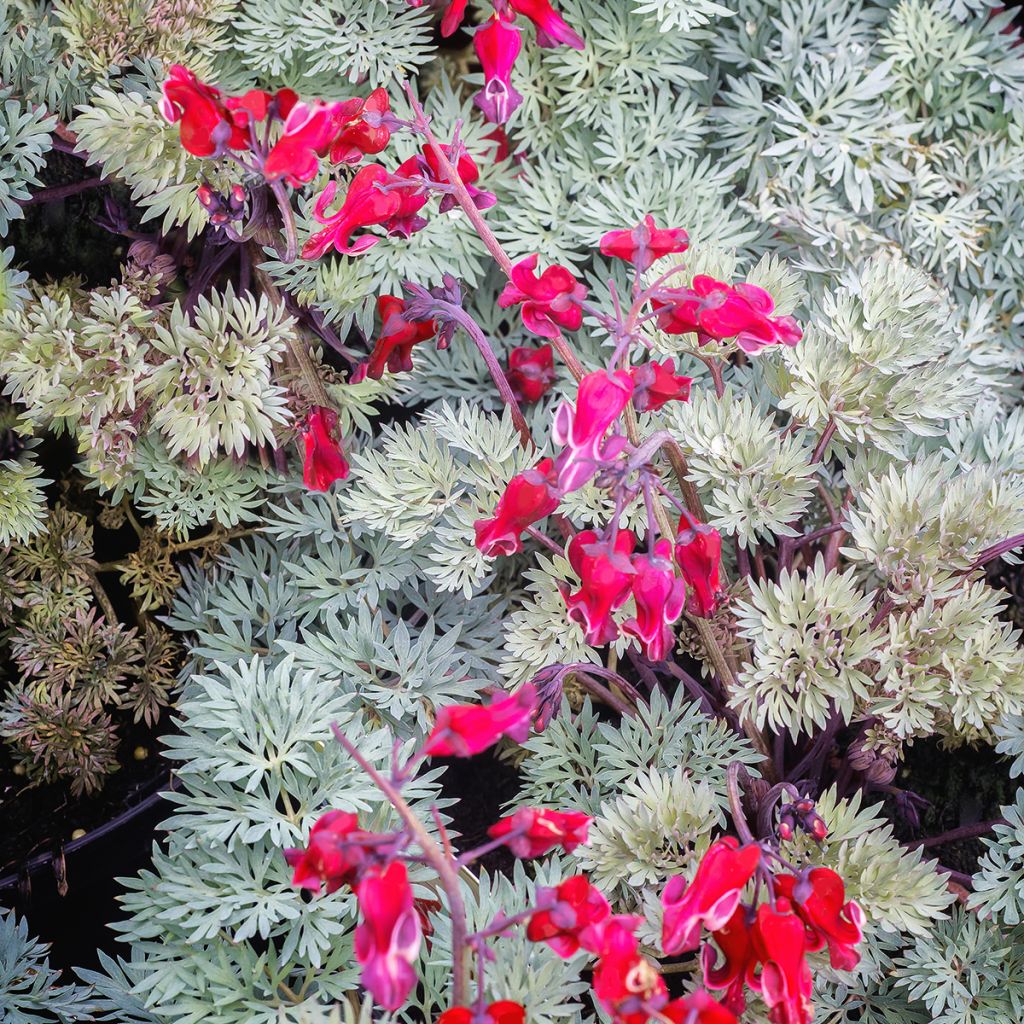

Dicentra Burning Hearts
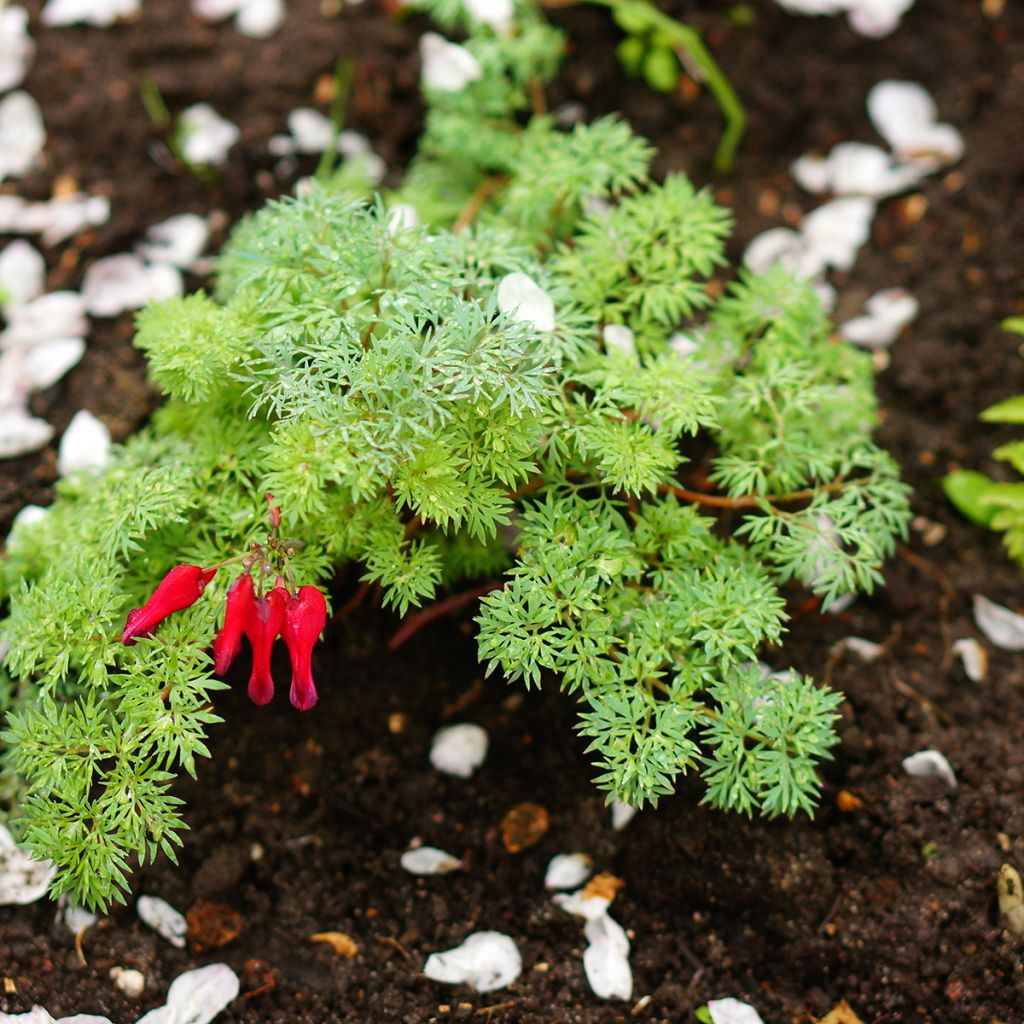

Dicentra Burning Hearts
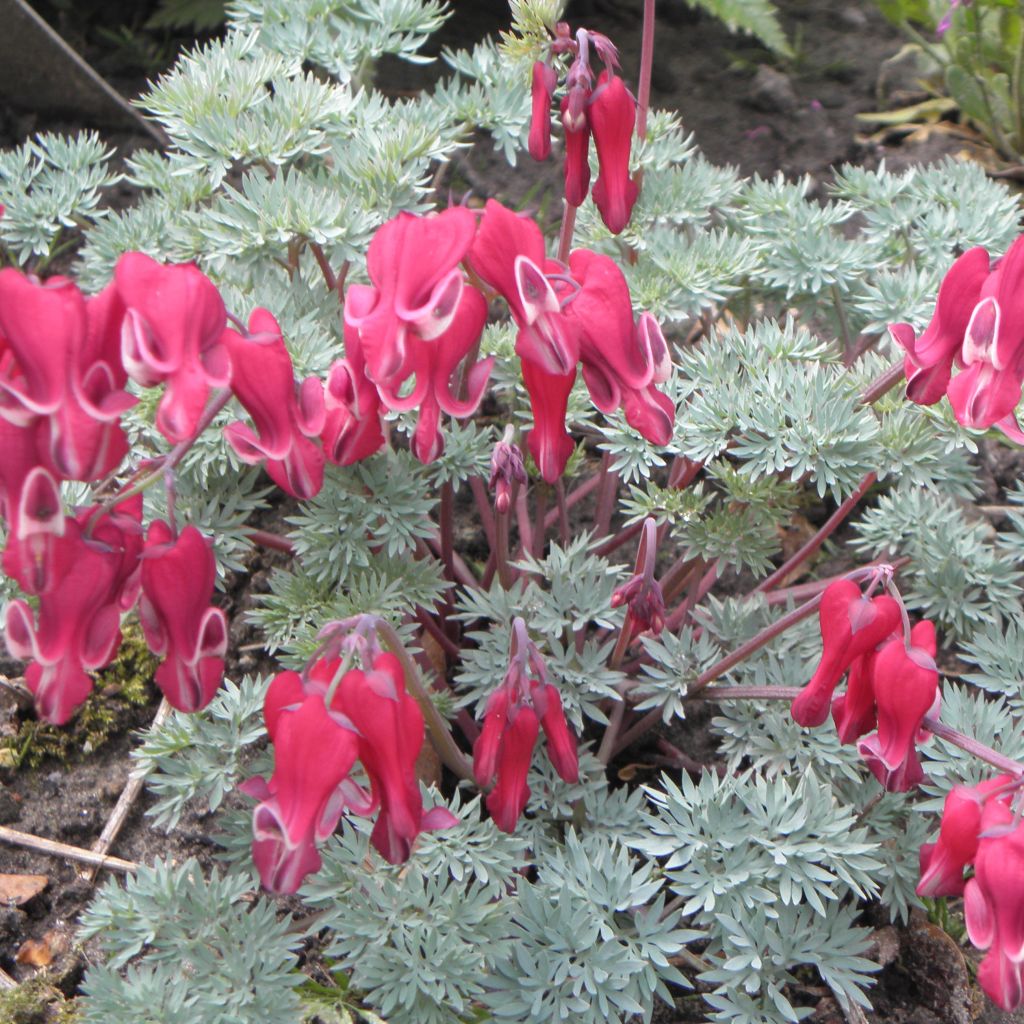

Dicentra Burning Hearts
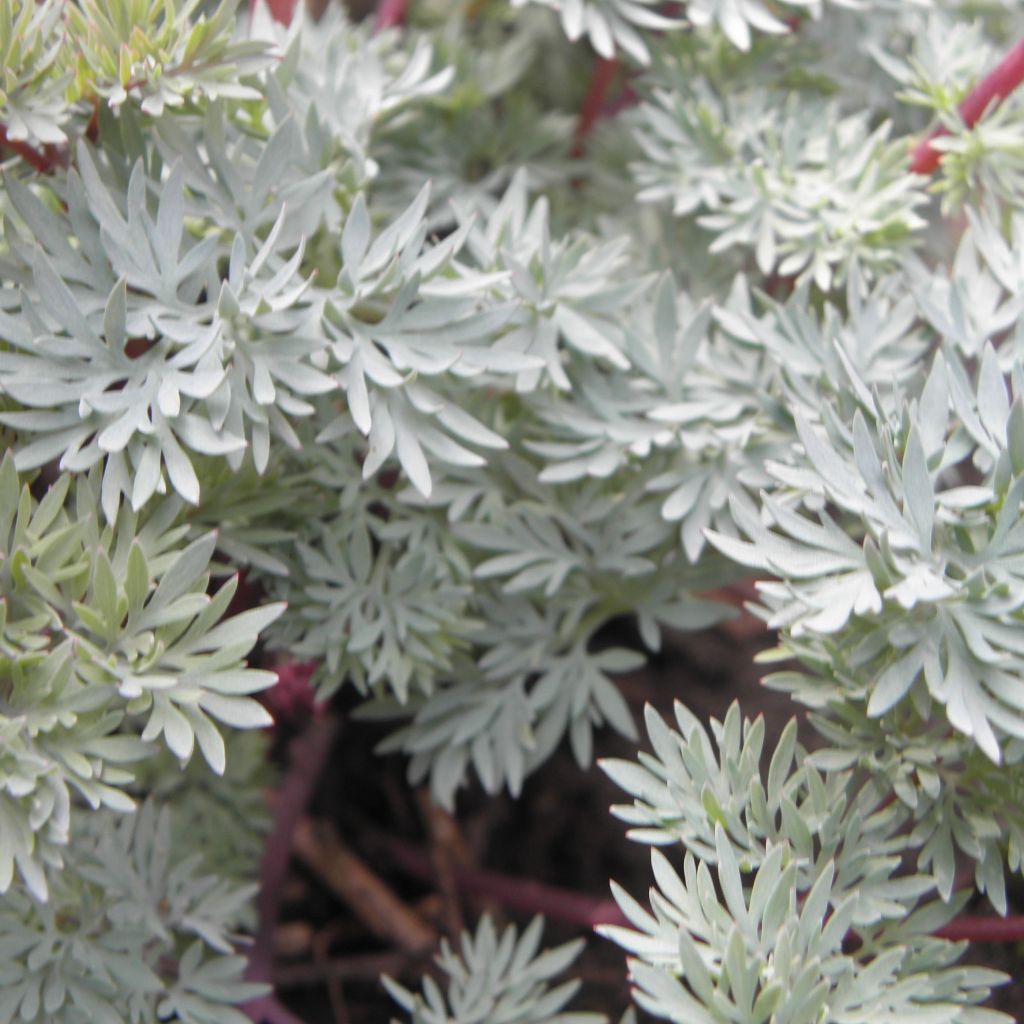

Dicentra Burning Hearts
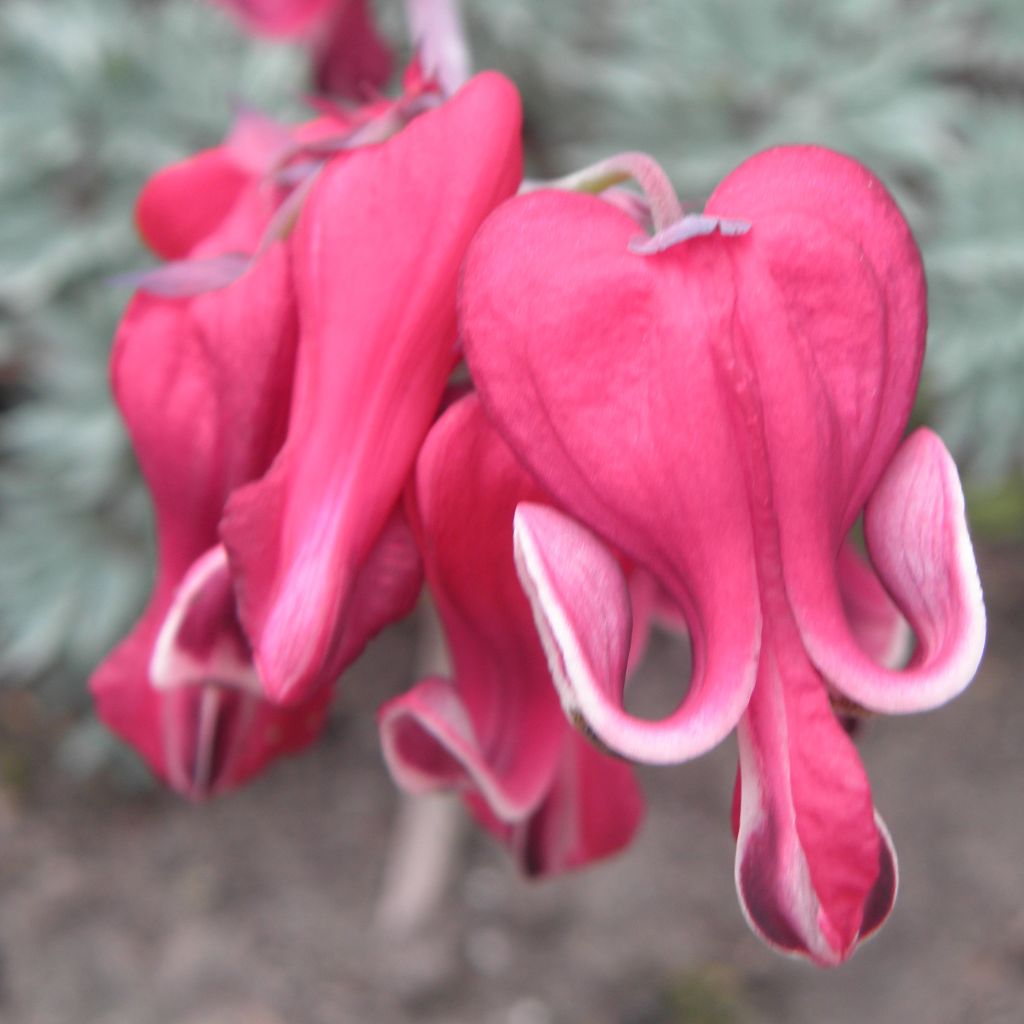

Dicentra Burning Hearts


Dicentra Burning Hearts
Dicentra Burning Hearts
Dicentra Burning Hearts®
Bleeding Heart
Good reception of the order and good speed. Very beautiful young plants except for the red vine-plant received weak and very very small. I doubt its survival....
Madeleine, 24/04/2019
Special offer!
Receive a €20 voucher for any order over €90 (excluding delivery costs, credit notes, and plastic-free options)!
1- Add your favorite plants to your cart.
2- Once you have reached €90, confirm your order (you can even choose the delivery date!).
3- As soon as your order is shipped, you will receive an email containing your voucher code, valid for 3 months (90 days).
Your voucher is unique and can only be used once, for any order with a minimum value of €20, excluding delivery costs.
Can be combined with other current offers, non-divisible and non-refundable.
Why not try an alternative variety in stock?
View all →This plant carries a 12 months recovery warranty
More information
We guarantee the quality of our plants for a full growing cycle, and will replace at our expense any plant that fails to recover under normal climatic and planting conditions.
Would this plant suit my garden?
Set up your Plantfit profile →
Description
Dicentra Burning Hearts is a compact perennial with finely cut blue-greyish-green foliage and pendulous blood-red, heart-shaped flowers edged with white.
Dicentra Burning Hearts reaches a height of 40 cm (16in) and thrives in understory environments. It easily grows under deciduous trees with moist soil in spring. The rapid growth of this bleeding heart allows it to spread 40 cm (16in) in all directions within two years. 'Burning Hearts' Bleeding Heart spreads through running rhizomes, allowing it to naturalize under favourable conditions. It can be paired with other perennials that can withstand competition from tree or bush roots. Pair it with Solomon's Seal, hardy Fuchsias, creeping Bugleweed, Japanese Anemones, Balkan Digitalis, and a carpet of periwinkle.
'Burning Hearts' Bleeding Heart belongs to the Papaveraceae (Fumariaceae) family. It is a hybrid resulting from cross-breeding between Dicentra eximia and Dicentra peregrina. Its first parent is native to the eastern United States, while the second is from Japan, the Kuril Islands, Sakhalin, and northern Siberia, including the Kamchatka Peninsula.
Most bleeding hearts go dormant at the end of spring, but this does not have any negative effects on the plant.
Decentra 'Burning Hearts' is a delicate plant to cultivate, and its success will be a challenge, even for the most experienced gardeners.
Report an error about the product description
Dicentra Burning Hearts in pictures
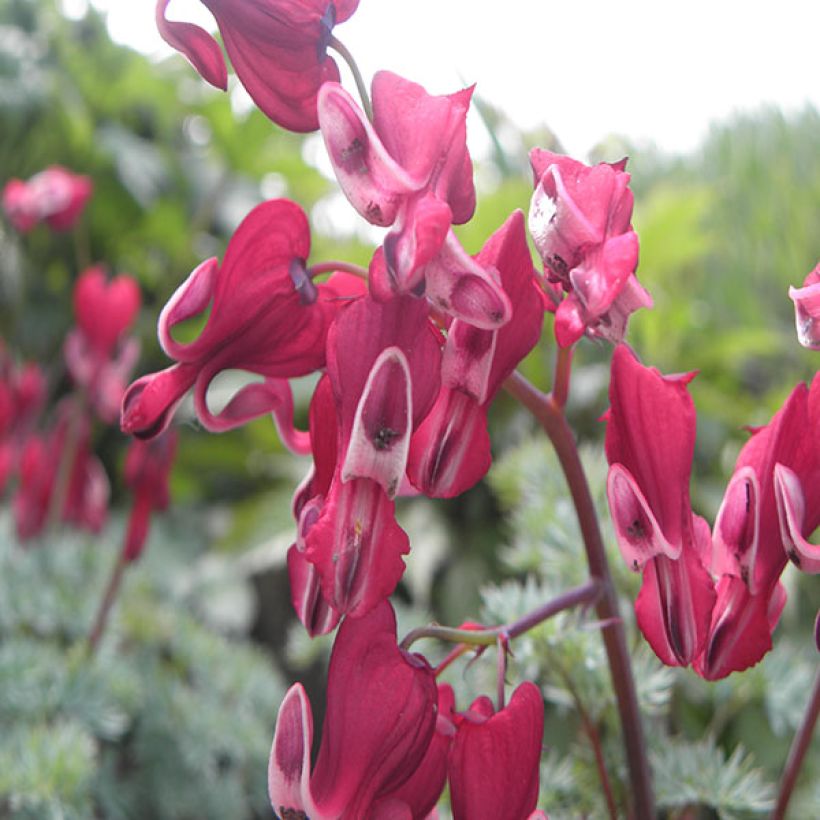

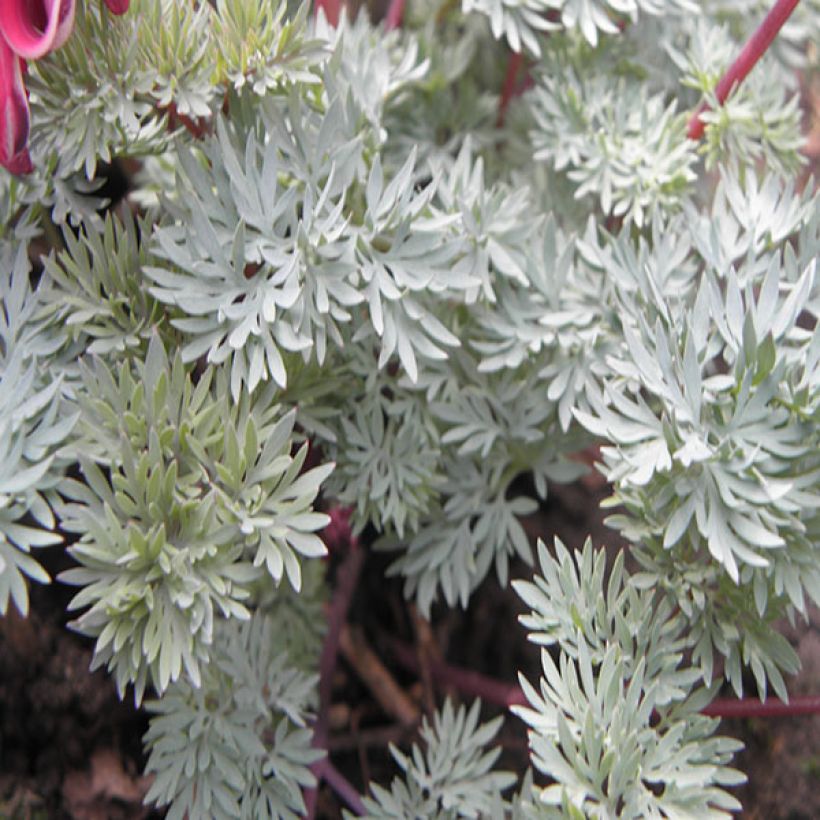

Flowering
Foliage
Plant habit
Botanical data
Dicentra
Burning Hearts®
Papaveraceae (Fumariaceae)
Bleeding Heart
Cultivar or hybrid
Other Dicentra - Bleeding Hearts
View all →Planting and care
Plant Dicentra 'Burning Hearts' in deep, humus-rich soil, moist in summer and neutral to acidic. This perennial will thrive in shade or partial shade, under trees or bushes where it doesn't mind competition. It is best to keep the soil moist in summer. Dicentra 'Burning Hearts' is a delicate plant to grow and its success will be a challenge, even for the most experienced gardeners.
Planting period
Intended location
Care
-
, onOrder confirmed
Reply from on Promesse de fleurs
Similar products
Haven't found what you were looking for?
Hardiness is the lowest winter temperature a plant can endure without suffering serious damage or even dying. However, hardiness is affected by location (a sheltered area, such as a patio), protection (winter cover) and soil type (hardiness is improved by well-drained soil).

Photo Sharing Terms & Conditions
In order to encourage gardeners to interact and share their experiences, Promesse de fleurs offers various media enabling content to be uploaded onto its Site - in particular via the ‘Photo sharing’ module.
The User agrees to refrain from:
- Posting any content that is illegal, prejudicial, insulting, racist, inciteful to hatred, revisionist, contrary to public decency, that infringes on privacy or on the privacy rights of third parties, in particular the publicity rights of persons and goods, intellectual property rights, or the right to privacy.
- Submitting content on behalf of a third party;
- Impersonate the identity of a third party and/or publish any personal information about a third party;
In general, the User undertakes to refrain from any unethical behaviour.
All Content (in particular text, comments, files, images, photos, videos, creative works, etc.), which may be subject to property or intellectual property rights, image or other private rights, shall remain the property of the User, subject to the limited rights granted by the terms of the licence granted by Promesse de fleurs as stated below. Users are at liberty to publish or not to publish such Content on the Site, notably via the ‘Photo Sharing’ facility, and accept that this Content shall be made public and freely accessible, notably on the Internet.
Users further acknowledge, undertake to have ,and guarantee that they hold all necessary rights and permissions to publish such material on the Site, in particular with regard to the legislation in force pertaining to any privacy, property, intellectual property, image, or contractual rights, or rights of any other nature. By publishing such Content on the Site, Users acknowledge accepting full liability as publishers of the Content within the meaning of the law, and grant Promesse de fleurs, free of charge, an inclusive, worldwide licence for the said Content for the entire duration of its publication, including all reproduction, representation, up/downloading, displaying, performing, transmission, and storage rights.
Users also grant permission for their name to be linked to the Content and accept that this link may not always be made available.
By engaging in posting material, Users consent to their Content becoming automatically accessible on the Internet, in particular on other sites and/or blogs and/or web pages of the Promesse de fleurs site, including in particular social pages and the Promesse de fleurs catalogue.
Users may secure the removal of entrusted content free of charge by issuing a simple request via our contact form.
The flowering period indicated on our website applies to countries and regions located in USDA zone 8 (France, the United Kingdom, Ireland, the Netherlands, etc.)
It will vary according to where you live:
- In zones 9 to 10 (Italy, Spain, Greece, etc.), flowering will occur about 2 to 4 weeks earlier.
- In zones 6 to 7 (Germany, Poland, Slovenia, and lower mountainous regions), flowering will be delayed by 2 to 3 weeks.
- In zone 5 (Central Europe, Scandinavia), blooming will be delayed by 3 to 5 weeks.
In temperate climates, pruning of spring-flowering shrubs (forsythia, spireas, etc.) should be done just after flowering.
Pruning of summer-flowering shrubs (Indian Lilac, Perovskia, etc.) can be done in winter or spring.
In cold regions as well as with frost-sensitive plants, avoid pruning too early when severe frosts may still occur.
The planting period indicated on our website applies to countries and regions located in USDA zone 8 (France, United Kingdom, Ireland, Netherlands).
It will vary according to where you live:
- In Mediterranean zones (Marseille, Madrid, Milan, etc.), autumn and winter are the best planting periods.
- In continental zones (Strasbourg, Munich, Vienna, etc.), delay planting by 2 to 3 weeks in spring and bring it forward by 2 to 4 weeks in autumn.
- In mountainous regions (the Alps, Pyrenees, Carpathians, etc.), it is best to plant in late spring (May-June) or late summer (August-September).
The harvesting period indicated on our website applies to countries and regions in USDA zone 8 (France, England, Ireland, the Netherlands).
In colder areas (Scandinavia, Poland, Austria...) fruit and vegetable harvests are likely to be delayed by 3-4 weeks.
In warmer areas (Italy, Spain, Greece, etc.), harvesting will probably take place earlier, depending on weather conditions.
The sowing periods indicated on our website apply to countries and regions within USDA Zone 8 (France, UK, Ireland, Netherlands).
In colder areas (Scandinavia, Poland, Austria...), delay any outdoor sowing by 3-4 weeks, or sow under glass.
In warmer climes (Italy, Spain, Greece, etc.), bring outdoor sowing forward by a few weeks.






























